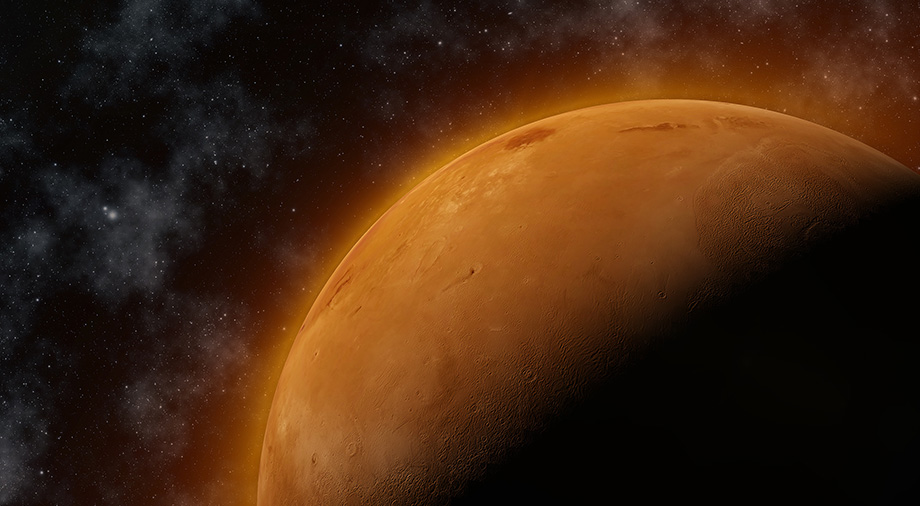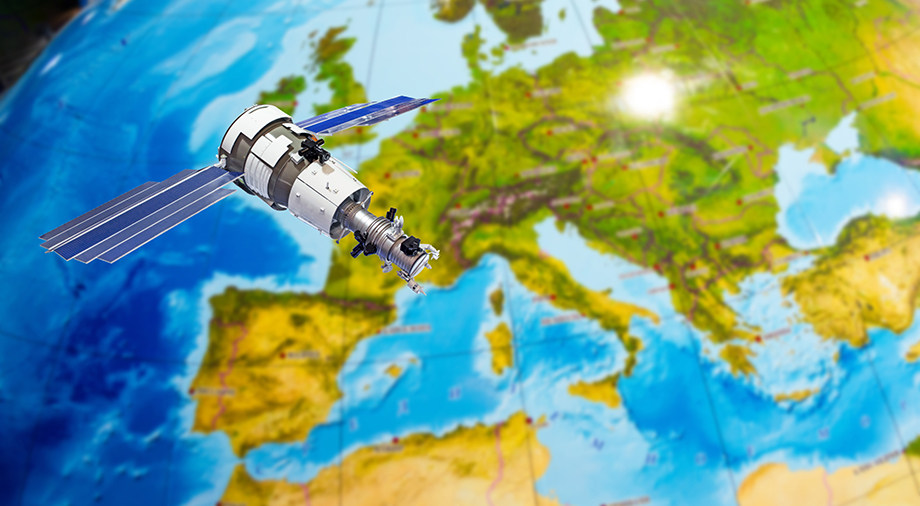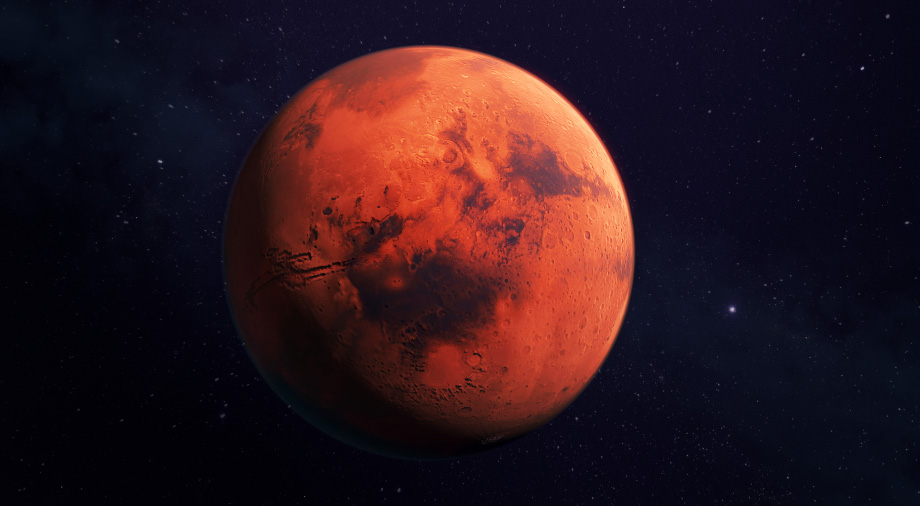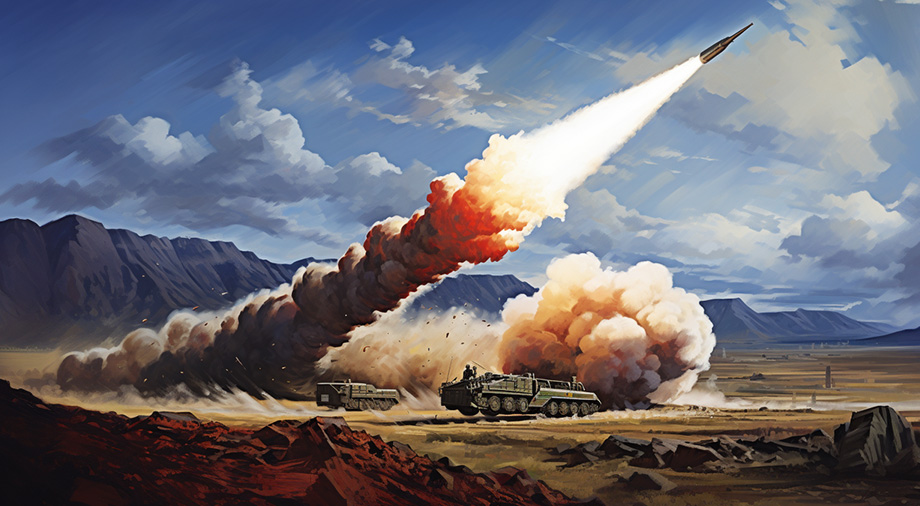In our previous instalment about the history of the study of Mars, we talked about how the first interplanetary missions shattered humanity’s dream of finding fellow intelligent lifeforms there. Today, we’ll talk about current research on the Red Planet.
The final chord of the Soviet space program
In 1975, NASA sent a pair of Viking probes to Mars. Afterwards, however, the organization took a long pause, not launching a single Mars mission for the next decade and a half. This was partly due to the success of the Viking missions (which provided a rich harvest of data that took a long time to analyze), and partly due to the changing priorities of the aerospace agency itself.
Thus, the only attempt to reach the fourth planet in the 1980s was made by the USSR. In 1988, the Soviet Union launched two Phobos probes to Mars, which were supposed to place landers on the surface of its largest moon. It was a very interesting and extremely large-scale project. The Phobos probes weighed more than six tons each, which at that time was a record for interplanetary missions.
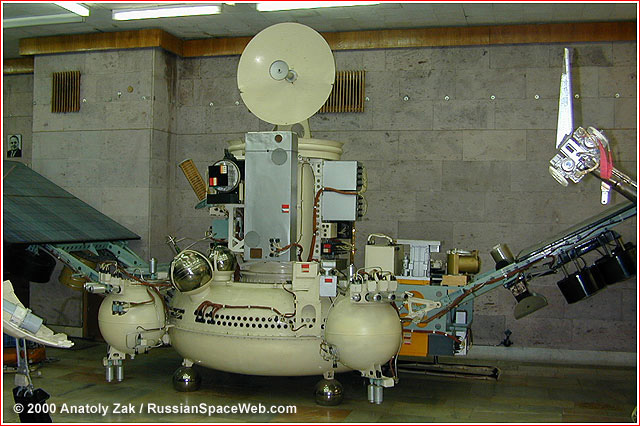
Photo: russianspaceweb.com
But in the end, this project ended the same way as most other Soviet Mars missions did. Phobos-1 was lost shortly after launch due to a command error. One of the operators missed a character in the computer program responsible for controlling the spacecraft, which was enough to cause loss of orientation and complete discharge of the probe’s on-board batteries. All efforts to make fixes were in vain, as the probe never made contact with Earth.
Phobos 2 turned out to be much more successful. It managed to reach orbit around Mars and begin observations. However, just a few days before the scheduled launch of the lander, the probe failed. Phobos-2 went down in history as the last interplanetary mission launched by the USSR.
Successes and failures
It wasn’t until 1992, 17 long years after Viking’s launch, that NASA returned to Mars, sending the Mars Observer to study the planet’s surface and atmosphere. But just three days before entering orbit around the planet, contact with the probe was lost. Despite numerous attempts, engineers were unable to restore communications. During the subsequent investigation, a ruptured fuel line was identified as the most likely cause of the accident, but it is unlikely that we will ever know conclusively.
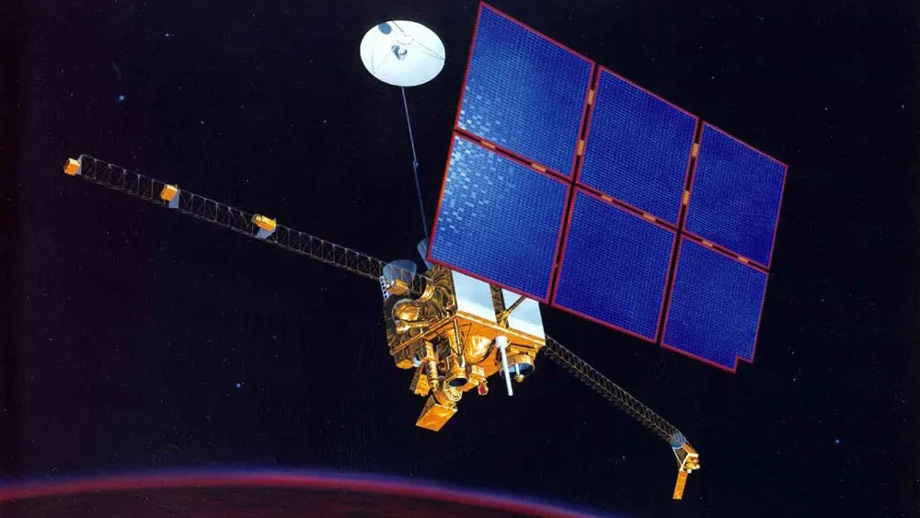
Photo: NASA
The loss of the expensive spacecraft dealt a serious blow to NASA’s reputation and led to a reformulation of the agency’s strategy for exploring Mars. Soon, NASA approved a new Mars Exploration Program whose goals were determining the location of water ice deposits on Mars, finding an answer to the question of the possibility of life on the planet, and preparing future manned expeditions.
In 1996, two new messengers went to Mars: the Mars Global Surveyor and Mars Pathfinder. The first device got busy mapping the planet, while the second delivered the 15-kilogram Sojourner rover to its surface.
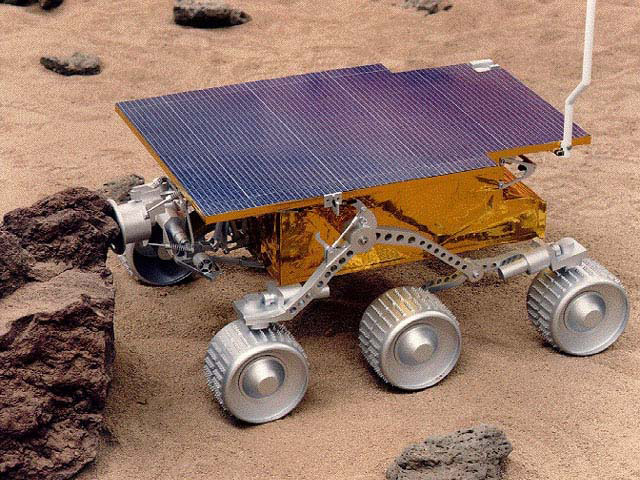
Photo: planetary-science.org
The small rover worked for almost three months, during which it traveled about one hundred meters. Sojourner proved that self-propelled vehicles could successfully carry out scientific research, thereby giving rise to a new stage in the conquest of Mars.
The same year, Russia also tried to launch its own envoy to Mars. The Mars 96 was an ideological continuation of the Soviet missions: a huge and complex vehicle which was assigned many different tasks – from compiling a mineralogical map of the Martian surface to dropping small landers and penetrator probes.
As a result, Mars-96 did not even manage to leave the vicinity of the Earth. Due to a malfunctioning upper stage, the device remained in low-Earth orbit and after just a few orbits entered the atmosphere. The exact location of the Mars-96 crash could not be determined, but it most likely fell into the Pacific Ocean.
In 1999, NASA sent two more missions to the Red Planet. The Mars Polar Lander was set to land on the planet’s southern polar cap, while the main mission of the Mars Climate Orbiter was to study the Martian atmosphere.
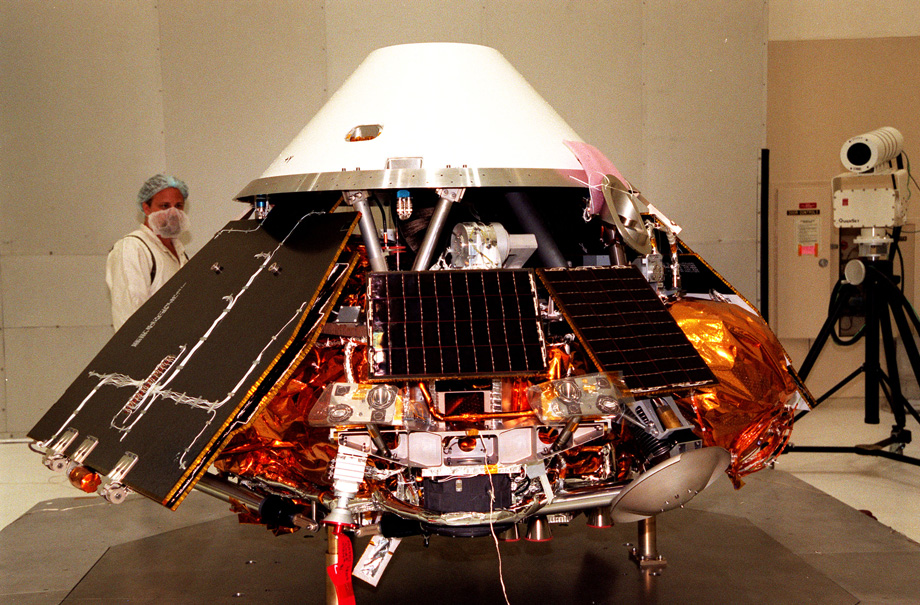
Photo: NASA
This time, NASA suffered a double failure. During the manoeuvre to enter an areocentric orbit, communication with the Mars Climate Orbiter was interrupted and could not be restored. A subsequent study of telemetry showed that the device deviated from its planned trajectory. The probe passed at a distance of only 57 km from the surface of the planet and simply burned up in its atmosphere. But what led to this blunder? It turned out that it all boiled down to measurement system discrepancies. The ground computer software used the imperial unit of measurement pound-force, while the Mars Climate on-board computer used newtons. As a result of this contradiction, the apparatus broke off from its intended course.
As for the Mars Polar Lander, it was destroyed during landing. According to the most popular version, when the device released its landing legs, vibrations arose in its body, which the on-board computer interpreted as touching the surface. As a result, the probe cut off its engine prematurely and crashed.
The loss of two devices at once (and for such ridiculous reasons) provoked a great scandal. The death of the Mars Climate Orbiter, moreover, finally prompted NASA to completely switch to the metric system in order to avoid a repetition of such incidents.

Source: Slideplayer.com
Japan’s attempt to reach Mars also ended in fiasco. In 1998, JAXA launched its Nozomi mission, which was supposed to study the Martian atmosphere and ionosphere. Since the Japanese rocket was not powerful enough to directly send the probe to Mars, it had to perform a gravity manoeuvre near the Earth to make the trip. However, the operation went awry, and Nozomi did not enter its intended orbit.
At the cost of large amounts of fuel, the device was nevertheless able to be directed to a new trajectory, ensuring its arrival at Mars in 2003. Unfortunately, during the flight, Nozomi was hit by a solar flare, which disabled its fuel heating system. Therefore, by the time the probe reached Mars, the hydrazine in its propulsion system had frozen, leaving Nozomi unable to perform the required manoeuvre, and it simply flew past the planet.
The era of Mars rovers
In 2001, NASA redeemed itself for previous failures by sending a probe with a rather symbolic name to the fourth planet: Mars Odyssey. It began studying the planet’s geology and searching for deposits of various minerals. Interestingly, Mars Odyssey is still in service and now holds the title of the longest-operating vehicle in orbit around another planet.
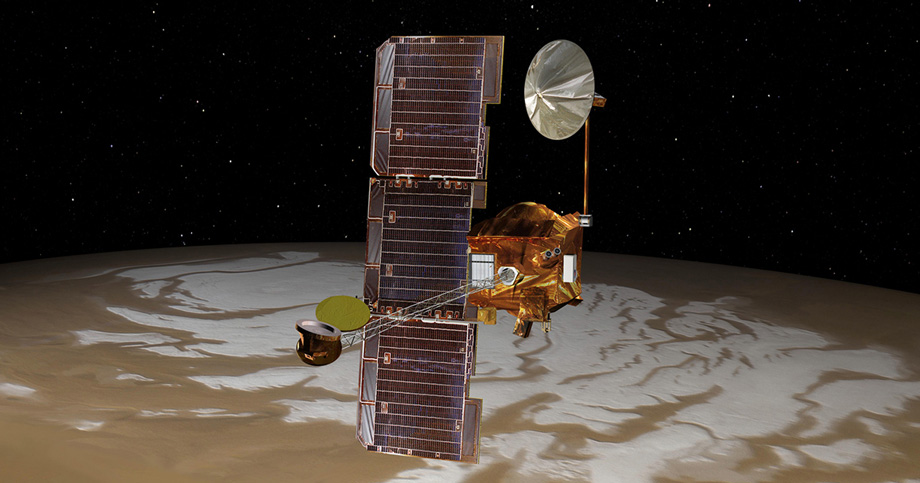
Photo: NASA
After another two years, a flotilla of three American spacecraft set off for Mars. NASA launched the Spirit and Opportunity rovers on Mars, along with the Sojourner probe. The two rovers were much larger than Sojourner (their mass was 185 kg) and carried a more substantial set of cameras and instruments designed for analyzing Martian rocks.
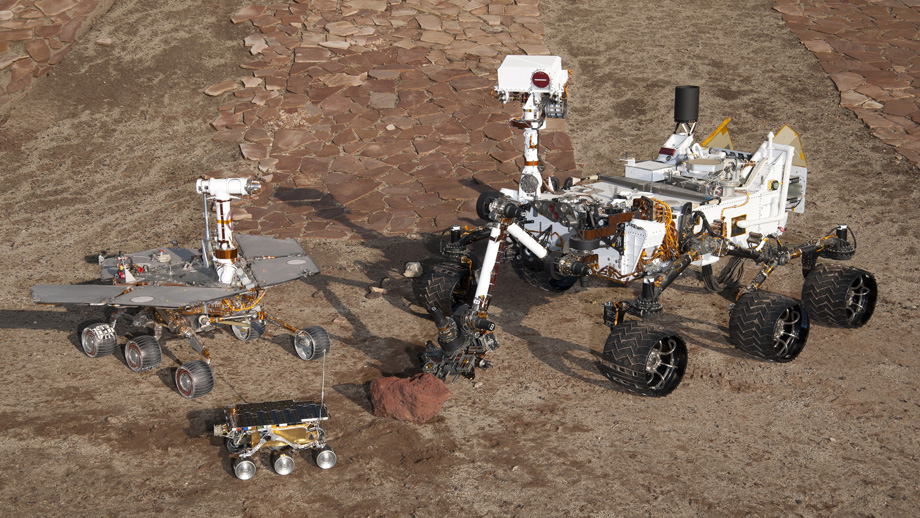
Photo: NASA/JPL-Caltech
ESA also decided to try its own hand in studying the Red Planet by launching the Mars Express mission, which consisted of an orbiter and a descent vehicle. The orbiter’s purpose was to study the Martian atmosphere, photograph the surface, and also search for deposits of water ice. The Beagle-2 lander was tasked with carrying out a soft landing and exobiological research.
The Mars Express orbiter handled its tasks well (it remains operational to this day), but the Beagle-2 was an unfortunate failure. The device managed to land, but never made contact back with Earth. It was later discovered that this happened because one of the shock-absorbing air bags used for the soft landing did not fully deflate, making it impossible for the probe to deploy its solar panels and antenna to communicate with Earth.

Source: ESA
For their part, Spirit and Opportunity made a successful landing, after which they began studying the Martian surface. Both rovers demonstrated excellent survivability, exceeding their 90-day nominal service life many times over. Contact with Spirit was lost in 2010, but Opportunity lasted until 2018. The seemingly eternal Mars rover was destroyed by a planet-wide dust storm, which completely obscured the Martian sky and prevented the rover from charging its batteries.
In subsequent years, several more probes were launched to Mars. The Phoenix probe managed to do what the Mars Polar Lander could not and landed in the polar region. Thanks to the Mars Reconnaissance Orbiter (MRO) mission, NASA put the most powerful camera in history in an areocentric orbit. The device operates to this day, used not only for scientific observations, but also as a repeater, and even as a astroarchaeologist. MRO images have made it possible to identify the “remains” of several Mars missions that were considered missing.

Photo: NASA
The successes of Spirit and Opportunity have finally eliminated all doubts regarding the feasibility of studying the Red Planet using rovers. In 2011, NASA launched the next stage in the exploration of Mars by launching the Curiosity mobile laboratory, which is much larger (with a mass of 900 kg) and more powerful than its predecessors, because it received a set of very advanced scientific instruments. Curiosity landed in the Gale Crater and is still functioning perfectly. The data it has collected confirmed that there was once a large lake in this region with conditions which were favorable for supporting life.

Photo: NASA
Also in 2011, Russia once again tried to demonstrate to the world that it remains a great space power and is still capable of carrying out interplanetary missions. Its goal was once again Mars, or more precisely, its moon Phobos.
Of course, the failure of Mars-96 did not teach the designers anything. Instead of starting all over again and, as a test of their strength, launching a relatively simple and inexpensive probe to Mars that could be used to test equipment and gain experience, they again built a huge and extremely complex device called Phobos-Grunt. It was entrusted with the most ambitious task of delivering soil samples from Phobos to Earth.
All this led to a natural repetition of the story of 15 years ago. Like Mars 96, Phobos-Grunt experienced upper stage failure, became stuck in low-Earth orbit, and eventually joined Russia’s Pacific space fleet. Along with it, the first Chinese probe for Mars exploration, Yingho-1, also failed.
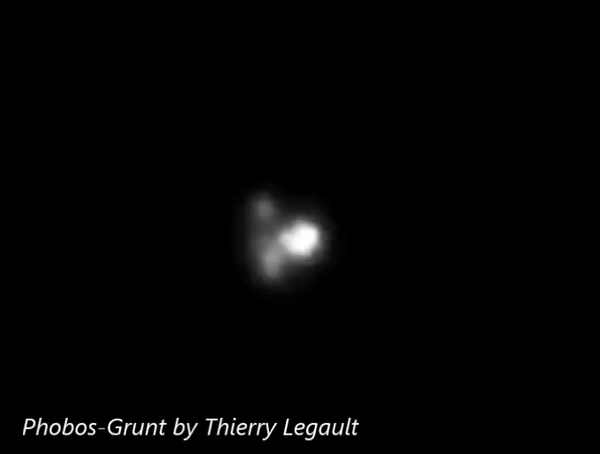
Source: Thierry Legault
India would turn out to be more fortunate. In 2014, its probe Mangalyaan managed to reach Mars. In 2016, ESA made a new attempt to achieve a soft landing on Mars, but the endeavor eventually met the fate of the Beagle-2. While the TGO orbiter successfully entered areocentric orbit and is still operating, the probe’s soft landing again failed. Due to a malfunction of the inertial measurement unit, the Schiaparelli demonstration module was unable to reduce its speed and crashed, leaving a new crater on the surface of the planet.
In 2014, NASA launched the Maven probe into orbit around the fourth planet, who began studying its atmosphere. It was followed by the mission InSight, which landed on Mars at the end of 2018. During the flight, the probe was accompanied by a pair of miniature MarCO nanosatellites, assembled as cubesats. Both probes survived the journey to the neighboring planet, proving the feasibility of small craft in deep space exploration.

Photo: NASA
The InSight mission was also considered a success. While not all of its instruments completed the tasks assigned to them, the device collected a lot of important data which has forced scientists to significantly revise their ideas about both the internal structure of Mars and its modern geological activity. InSight managed to register a whole series of marsquakes, the most powerful reaching a 5 on the Richter Scale. This suggests that Mars is much more seismically active than previously thought.
And finally, in 2021, three more earthly messengers visited the Red Planet, two of which made their debut for their respective countries. In particular, Al-Amal, the first interplanetary vehicle created in the UAE, entered orbit around Mars and began its mission to study the planet’s atmosphere and climate. In the wake of such significant success, UAE authorities have already announced their intention to send missions to Venus and asteroids.
In turn, Tianwen-1 became the first Chinese spacecraft to reach Mars. A few months after entering orbit around the planet, it safely landed the Zhurong rover on its surface. The Chinese rover operated until May 2022.
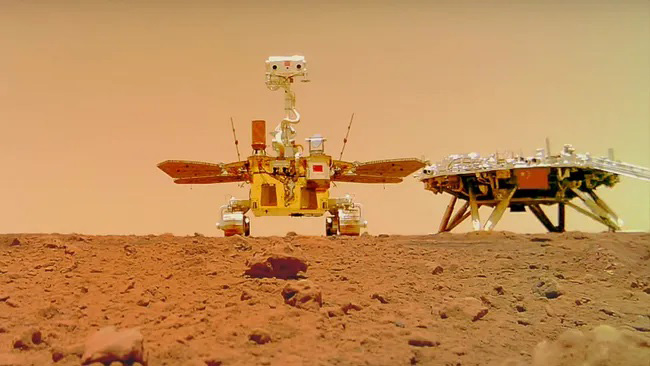
Photo: China News Service
NASA’s new rover, Perseverance, has also landed on Mars. During its work at the bottom of the Jezero Crater, the rover has already confirmed that the area once held a lake and an extensive river delta, along with conducting a successful experiment on the extraction of oxygen from the Martian atmosphere, making a number of audio recordings, and taking several soil samples.
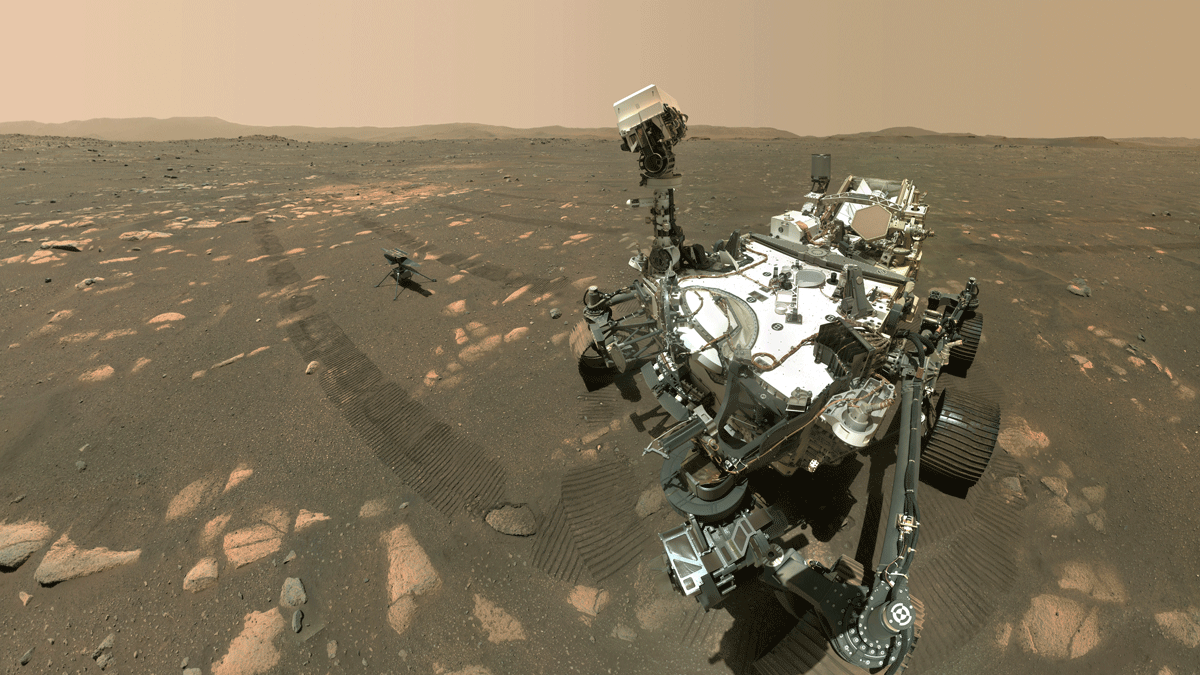
Photo: NASA
Perseverance is not exploring Jezero Crater alone. It is accompanied by a very modestly-sized (weighing only 2 kg), but at the same time a revolutionary machine. We are talking about the Ingenuity drone helicopter, which became the first heavier-than-air aircraft in history to make a controlled flight in the atmosphere of another celestial body. The Ingenuity program was originally designed for only five demonstration flights, but it is still operating without problems. At the moment, the drone has flown a distance of about 15 km. This is most likely far short of its ultimate limit.
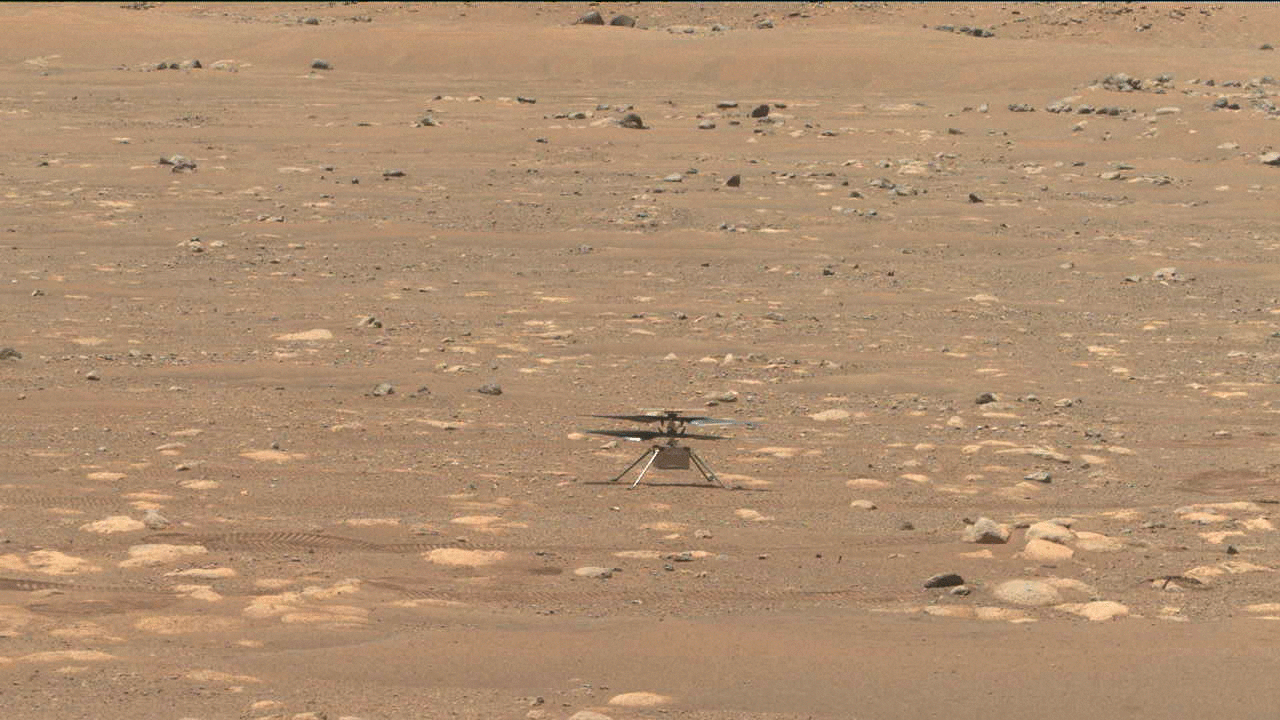
Photo: NASA
It is very likely that the success of the Ingenuity copter will open a new page in the study of Mars. If Sojourner kicked off the era of Mars rovers, then Ingenuity could be the first in a series of flying explorers of the Red Planet. It is known that China is already working on creating its own Martian helicopter. Other space agencies may well follow this example. We will talk more about future plans for studying the Red Planet in the final installment of our series.

